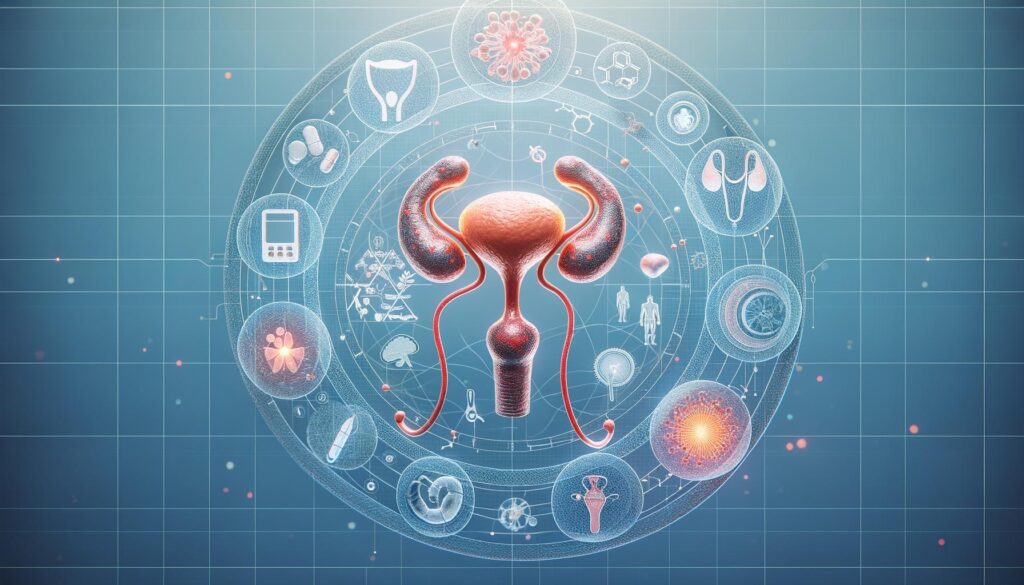Navigating the Challenges of Overactive Bladder

Understanding Overactive Bladder
Overactive Bladder (OAB) is a condition characterized by the frequent and sudden urge to urinate, which can be difficult to control. This condition affects millions of people worldwide and can lead to embarrassment, inconvenience, and a significant reduction in quality of life. The urge to urinate may occur frequently throughout the day and night, often causing multiple trips to the bathroom. However, it is important to distinguish OAB from other urinary issues, such as urinary incontinence, although the conditions may co-exist. Understanding OAB is crucial for managing its symptoms effectively and seeking appropriate treatment options.
Recognizing the Symptoms
Recognizing the symptoms of overactive bladder is the first step in managing the condition. The primary symptoms include:
- Sudden, strong urges to urinate
- Urinary frequency, often defined as urinating more than eight times in 24 hours
- Nocturia, or waking up more than once during the night to urinate
- Urge incontinence, which is the involuntary loss of urine immediately following an urgent need to void
Identifying these symptoms early can lead to a timely diagnosis and treatment, helping to alleviate the impact on daily activities and overall well-being.
Causes and Risk Factors
Understanding the underlying causes of overactive bladder can aid in better management of the condition. Various factors can contribute to the development of OAB, including:
- Weak pelvic floor muscles, which can result from childbirth, surgery, or aging
- Neurological disorders such as Parkinson’s disease or multiple sclerosis
- High fluid intake or consumption of bladder irritants such as caffeine, alcohol, and acidic foods
- Medications with diuretic effects
Additionally, certain risk factors, such as age, being female, and having a history of urinary tract infections, can increase the likelihood of developing OAB.
Treatment Options
Fortunately, there are multiple treatment options available for those suffering from OAB. Treatment typically begins with lifestyle and behavioral modifications, such as:
- Scheduled voiding and bladder training to gradually increase the intervals between bathroom visits
- Dietary changes to avoid bladder irritants
- Pelvic floor exercises to strengthen the muscles supporting the bladder
Medical treatments may include medications to relax the bladder or increase its capacity, as well as more advanced therapies such as nerve stimulation or surgery in severe cases. It is essential to consult a healthcare professional to tailor a treatment plan that suits individual needs.
Coping Strategies and Support
Living with overactive bladder can be challenging, but effective coping strategies can improve daily life. These strategies include:
- Carrying spare clothing and sanitary supplies while away from home
- Planning bathroom access in advance, especially when traveling
- Joining support groups for individuals with bladder issues to share experiences and gain advice
Maintaining a positive outlook and seeking support from family, friends, or professional counselors can also be beneficial in managing OAB’s emotional and psychological impacts.
Conclusion
Overactive bladder is a manageable condition, and with the right strategies, those affected can lead fulfilling lives. Recognizing symptoms early and seeking professional guidance are vital steps towards effective management. By utilizing available treatment options and coping techniques, individuals can significantly improve their quality of life and minimize the disruption caused by this common condition.
